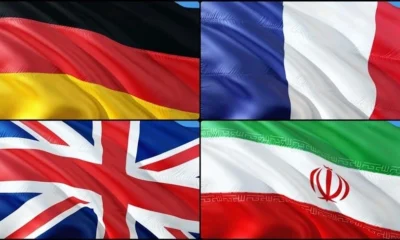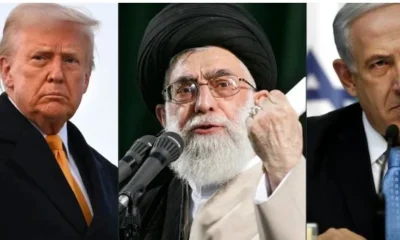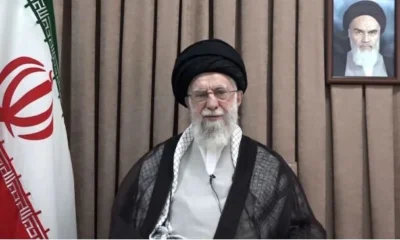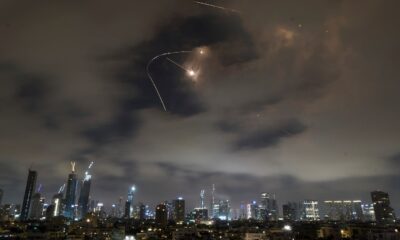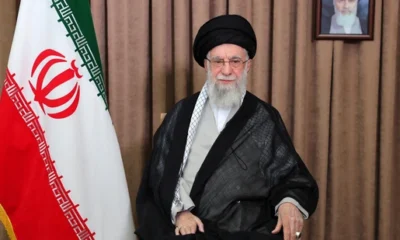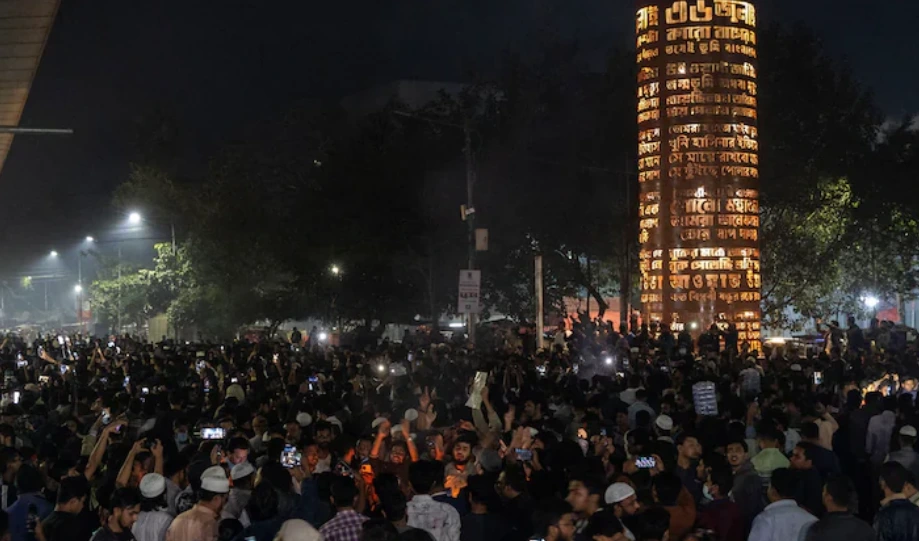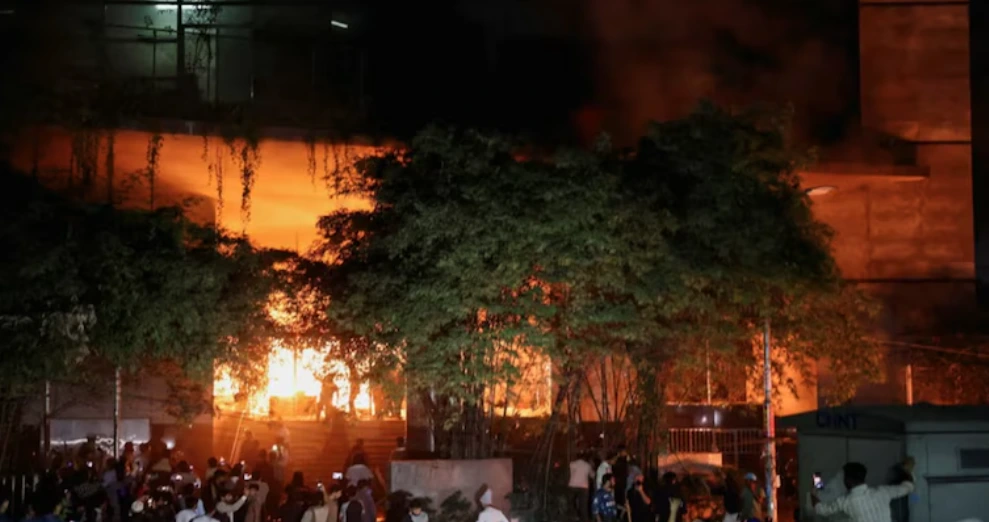Latest world news
Trump’s pull out of Iran N-deal may escalate oil prices

Latest world news
H-1B visa renewal delays leave hundreds of Indian workers stranded amid US social media checks
Hundreds of Indian H-1B visa holders remain stranded after US consular interviews were delayed due to enhanced social media screening.
Latest world news
Hindu man lynched and set on fire in Bangladesh during anti-India protests
A Hindu man was lynched and set on fire in Bangladesh’s Mymensingh district amid rising anti-India protests after the death of a radical student leader.
Latest world news
Bangladesh rocked by violent protests after student leader Sharif Osman Hadi’s death, anti-India slogans raised
Bangladesh has witnessed widespread violence and protests following the death of student leader Sharif Osman Hadi, with arson, anti-India slogans and a nationwide security clampdown.
-
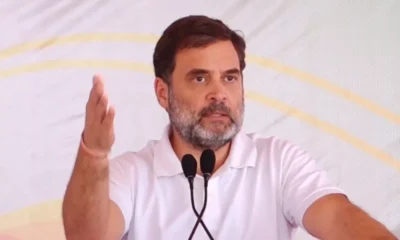
 India News10 hours ago
India News10 hours agoRahul Gandhi alleges institutional bias, questions electoral system during Berlin address
-
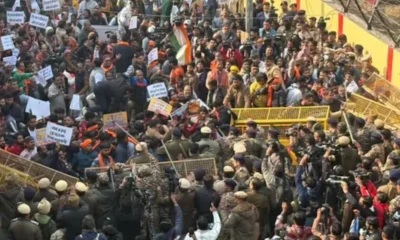
 India News5 hours ago
India News5 hours agoProtests outside Bangladesh High Commission in Delhi over lynching of Hindu youth in Bangladesh
-
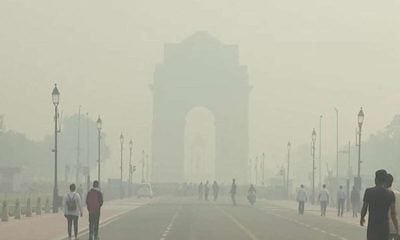
 India News9 hours ago
India News9 hours agoDelhi air quality plunges to severe as thick smog blankets the capital
-

 India News5 hours ago
India News5 hours agoJ&K cabinet clears residential plot allotment for flood-affected families
-

 Entertainment2 hours ago
Entertainment2 hours agoThe Odyssey trailer: Christopher Nolan unveils first look of epic journey led by Matt Damon
-

 India News2 hours ago
India News2 hours agoBJP raises seat offer to Eknath Shinde’s Shiv Sena to nearly 90 ahead of Mumbai civic polls, talks continue
-
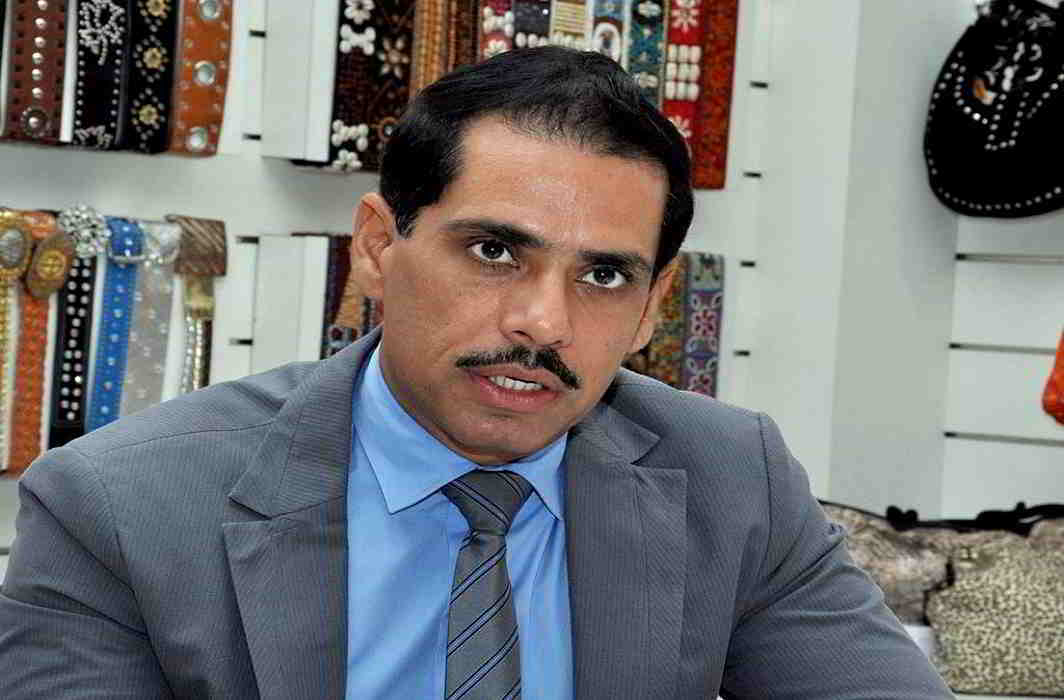
 India News2 hours ago
India News2 hours agoEveryone has their demands: Robert Vadra responds to calls for Priyanka Gandhi as PM candidate
-

 Entertainment2 hours ago
Entertainment2 hours agoGovinda’s Avatar: Fire and Ash cameo clips go viral, truth behind the AI-generated videos

